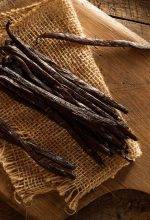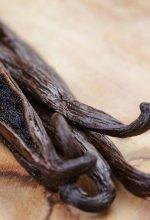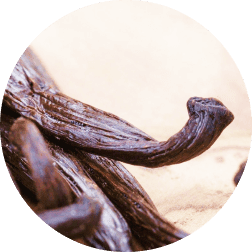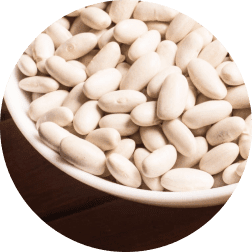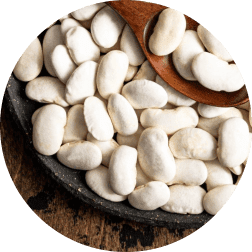Bio
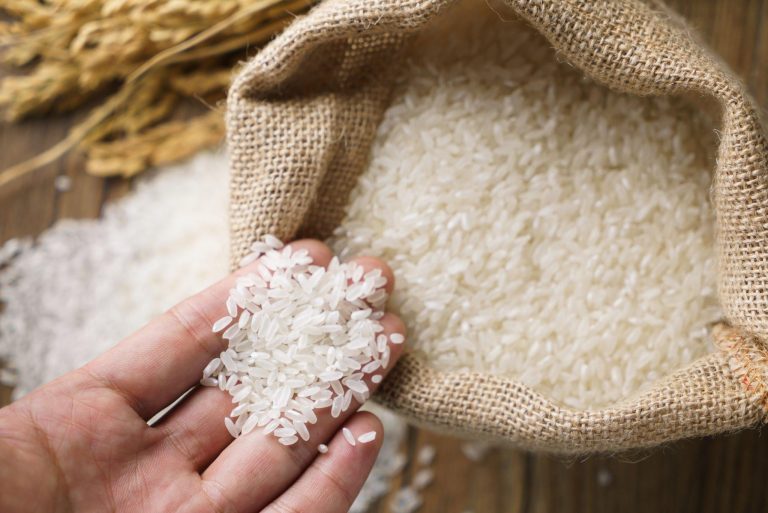
Hybrid Rice
China is the global leader in the development and export of hybrid rice. This technology was introduced by Yuan Longping, known as the “father of hybrid rice,” who developed the first commercial variety in the 1970s. Since then, China has widely promoted this innovation, particularly in Africa and Madagascar.
Hybrid rice is a crossbreed between wild and cultivated rice varieties. In collaboration with the Chinese government, hybrid rice was introduced and tested in Madagascar in 2007 with the participation of the Hunan Academy of Agricultural Sciences. Several training programs on production techniques were provided, along with research efforts to adapt hybrid rice to local climatic conditions.
Share :
Additional information
1. Characteristics of Hybrid Rice
• Growth Cycle: Short-cycle varieties, allowing for faster harvests and better adaptation to variable climatic conditions.
• High Yield: Production potential of 7 to 12 tons per hectare, depending on agronomic conditions and farming practices.
• Adaptability: Suitable for various water regimes, from rainfed to controlled irrigation.
2. Recommended Cultivation Practices
• Soil Preparation: Plowing and leveling to ensure proper water distribution and optimal plant establishment.
• Sowing: Use of pre-germinated seeds, with transplanting in rows spaced 15 to 20 cm apart to promote uniform growth.
• Fertilization: Application of fertilizers ccording to recommended doses to support vegetative development and grain formation.
• Water Management: Maintaining an appropriate water level, avoiding excess or deficit, to optimize yield.
3. Experimental Results
Trials have shown that hybrid rice adapts well to Madagascar’s conditions, with significantly higher yields compared to conventional rice. Through technical training and adaptation research, these varieties present a promising production potential to enhance the country’s food security.
STOI played a key role in these trials, actively contributing to the introduction and adaptation of hybrid varieties to local conditions.
Some of the main testing sites include:
– Atsimo Andrefana Region
– SAVA Region
– Vatovavy Fitovinany, Itasy, Bongolava, and Amoron’i Mania Regions
– Mahitsy
Thanks to these experiments, hybrid seed varieties have demonstrated impressive yields of 7 to 12 tons/ha, compared to 2 to 3 tons/ha for conventional rice.
4. Government Initiatives
In February 2025, the Malagasy government launched an ambitious program to promote hybrid rice cultivation across 50,000 hectares in 14 regions of the country. This initiative includes the free distribution of seeds and agricultural inputs to farmers, as well as the establishment of local fertilizer production plants to support the rice sector.
Hybrid Seed Varieties
- Weichu 901
- Weichu 902-3
- Yuan’ s 8
